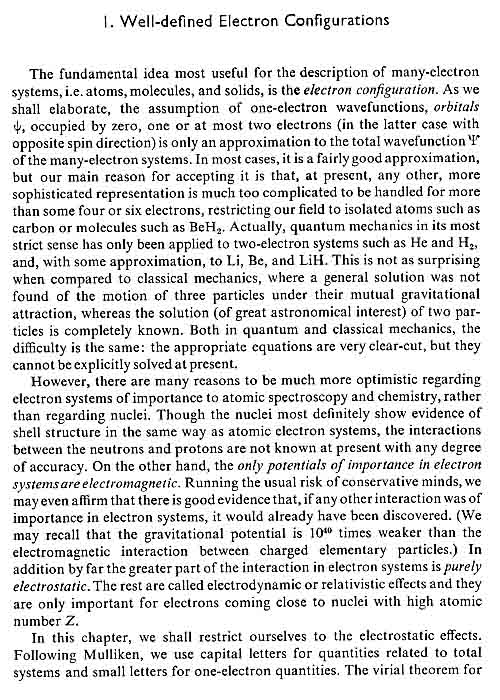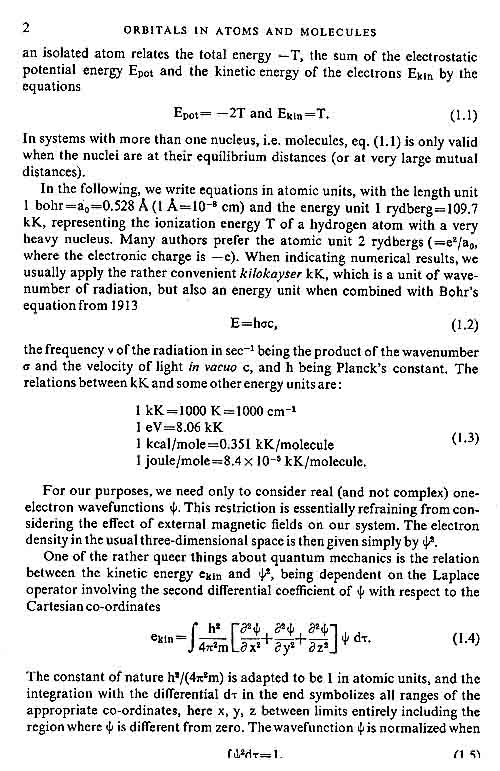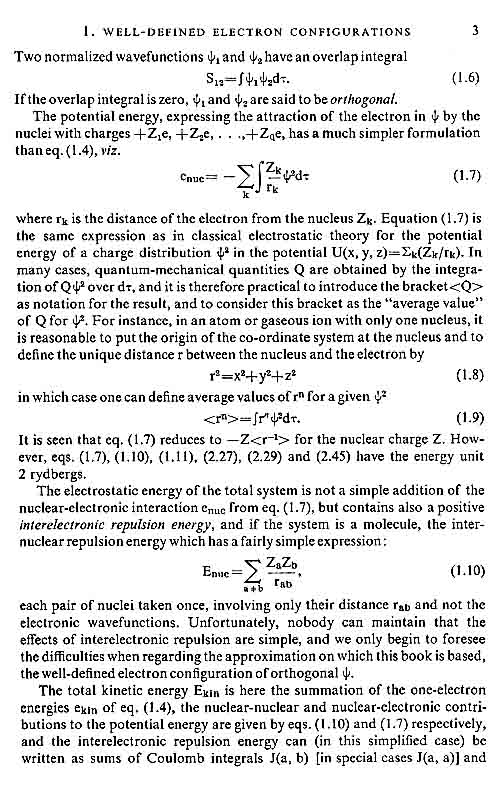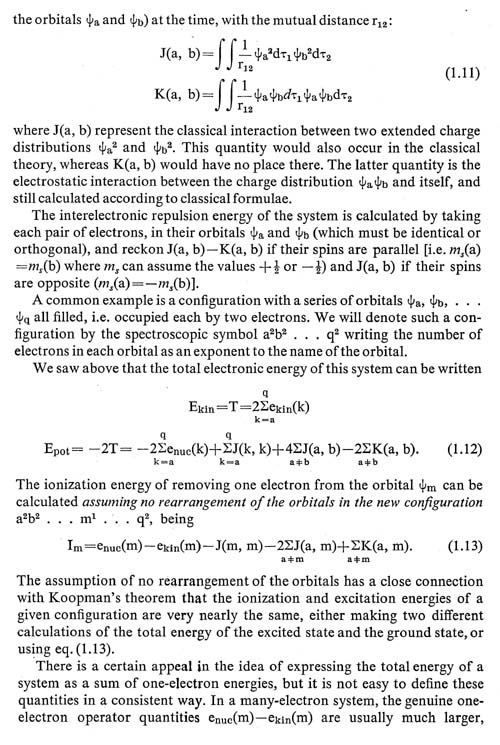


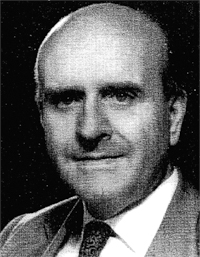
1931 - 2001 Photo and © CHIMIA 55, 472 (2001) |
by A.F. Williams, University of Geneva CHIMIA 55, 472-473 (2001) Christian Jørgensen was born at Aalborg in Jutland, Denmark on 18th April 1931, the son of an officer of the Danish school ship. He moved with his parents to Copenhagen when he was one year old, and grew up there. He showed a precocious interest in science, and like many schoolboys, he set up his own small chemical laboratory at home, and among the experiments he conducted there, attempted the separation of the rare earths by fractional crystallisation, beginning a relationship with these elements which would last for nearly sixty years. He also was befriended by a scientist at the Niels Bohr Institut, Ebbe Rasmussen, who first introduced him to the subject of atomic spectroscopy. |
| A well-known book in the 1960s and 1970s was the following one from which a brief glimpse is presented here so you may get a taste of his writing: |
|
This book attempts to point out various common features in the description of many-electron systems both in atomic spectroscopy and in the case of less complicated polyatomic molecules. The latter has been the subject of considerable research during recent years, the energy levels of transition group complexes involving a partly filled shell now being much better understood than in 1950. The art of the application of group theory and the avoidance of certain exaggerated conclusions makes up the main part of this present work. The degenerate orbitals with identical one-electron energies occurring in certain high symmetries such as the spherical and octahedral permit various unifying generalizations to be made. In an interdisciplinary topic somewhere between physics and chemistry, it is inevitable that the nomenclature will appear unusual to some of the readers. Thus Roman numerals in parentheses as in Cr (III) and Ir (IV) are used for oxidation numbers of atoms involved in molecular formation, as also Ni (0) and Cl (-1). On the other hand, gaseous ions are denoted Fe++ and U+4 and not, as frequently done by atomic spectroscopists, by Roman numerals one unit higher, FeIII and UV. Polyatomic entities are written with their usual chemical formula, Mn(H20)6++ and PtBr6 -, etc. It is a pleasure to acknowledge many valuable discussions with my old colleague, Dr. Claus Schäffer, now at the Laboratory of Inorganic Chemistry, University of Copenhagen, and with Professor Jannik Bjerrum who is now Director of this laboratory. I have also received most useful encouragement with various parts of this book resulting from discussions with Dr. Richard Trees, National Bureau of Standards, Washington, D.C., and with Dr. Richard E. Watson and Dr. R. K. Nesbet. Also Professor Robert Satten was most helpful in connection with Chapter 11 on f shells. Finally, I would once more express my gratitude to Professor Per-Olov Löwdin, for his invitation to deliver lectures to his Quantum Chemistry Group in Uppsala in February 1958. Although originally I was a sort of inorganic chemist (or inorganic physicist, as has been suggested) this offer had a most beneficial catalytic effect, and but for this opportunity this book could not have been written. Chr. Klixbüll Jørgensen May, 1962 |
Contents
page
PREFACE ................................... V
1. Well—defined Electron Configurations .... 1
2. Degenerate Orbitals in High Symmetry .... 8
3. Correlation Effects ..................... 24
4. Octahedral Symmetry .................... 43
5. Systems with Large Internuclear Distances 63
6. Equivalent Orbitals and Microsymmetry ... 69
7. Electronegativity and Chemical Bonding .. 80
8. How to Identify Absorption Spectra ...... 101
9. Energy Levels of Crystals ............... 117
10. Electrodynamic (Relativistic) Effects ... 133
11. Lanthanides and 5f Elements ............. 146
12. X-Ray Spectra ........................... 158
SUBJECT INDEX .............................. 161
|
